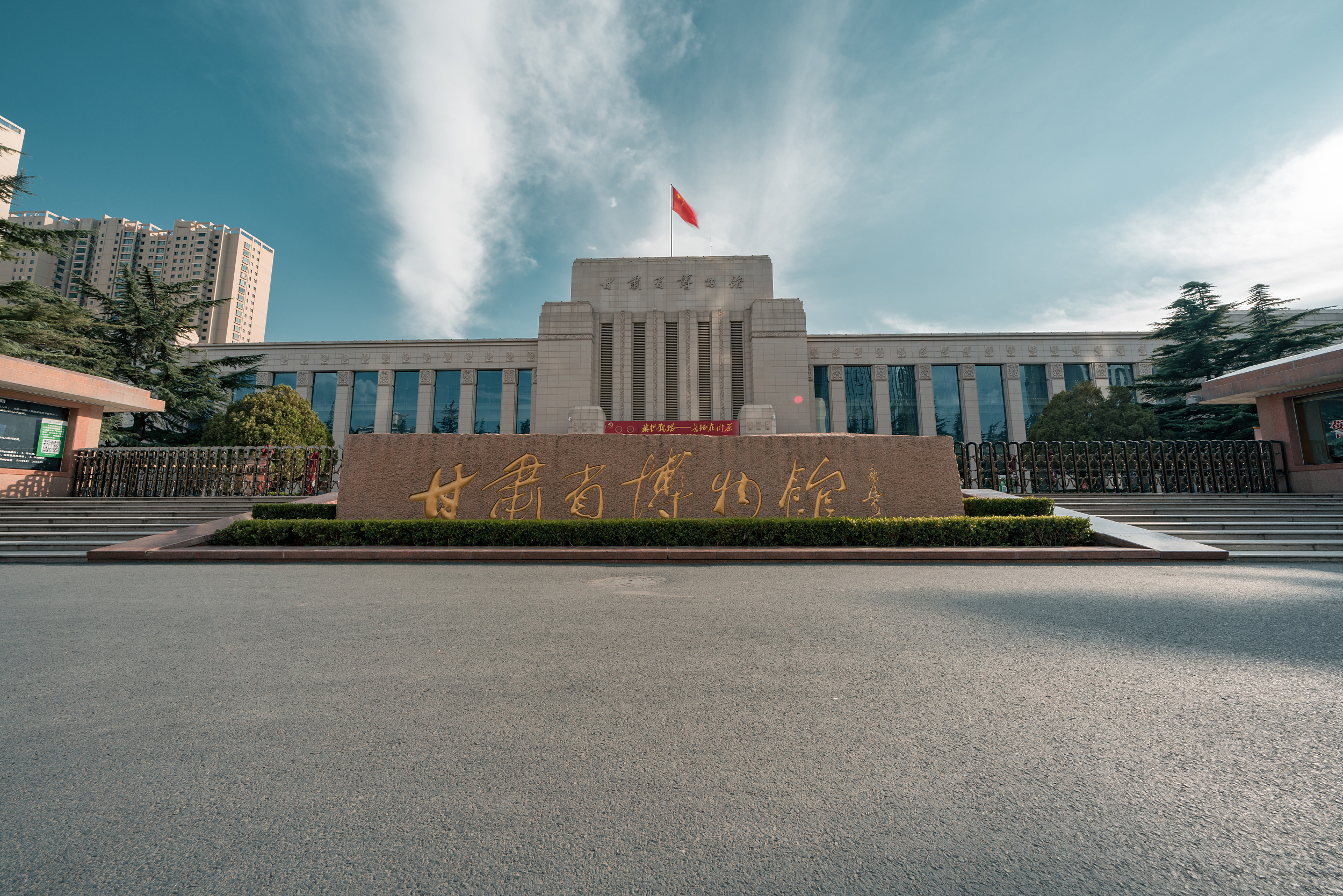
Gansu Provincial Museum.?(PHOTO:?VCG)
By BI Weizi
A Warring States Period Qin tripod-shaped bronze lamp was unearthed in 1974 in Pingliang, Gansu province, an important part of the Silk Road. The lamp is now on display in the Gansu Provincial Museum because of its unique scientific and historical value.
The lamp has a diameter of 11.3 cm and a height of 16.7 cm when closed. It is in the shape of a tripod with three legs at the bottom, two duck-head-like ears facing each other on either side of the cap, keys on the tops of the ears, and an iron pillar in the middle.
To open the lamp, first turn the cap so that the two duck heads on the top cover face away from the double keys, then close the tops of the double keys, and use a "herringbone" shaped bracket to support the round tripod cover. The lamp panel will become a copper fuel lamp with a height of 30.2 cm.
When not in use, press down the double keys, rotate the double duck heads between the lids to lock them tightly, and close the tripod lid. Due to the exquisite design and craftsmanship, once closed, the seal is tight and the lamp oil stored in the tripod body will not leak out. It is rare that there is still muddy lamp oil in the tripod of a bronze lamp that is more than two thousand years.
This seemingly simple lamp not only has practical value, but also provides clues for historians to study the Silk Road. With digitalization empowering museums, visitors can now interact with this treasure through an electronic touch screen.
The trio will conduct a series of experiments in fields such as life science, fluid physics, combustion science and materials science. Notably, this is the first time that fruit flies have been taken on a Chinese space mission as experimental subjects. What made scientists choose fruit flies? What experiment will they undergo?
